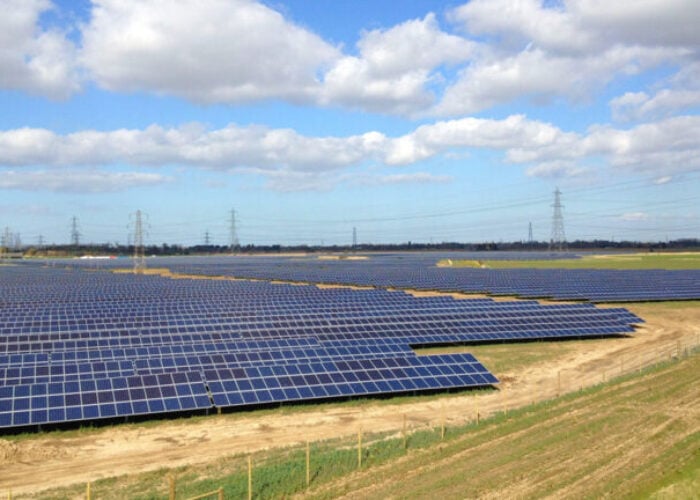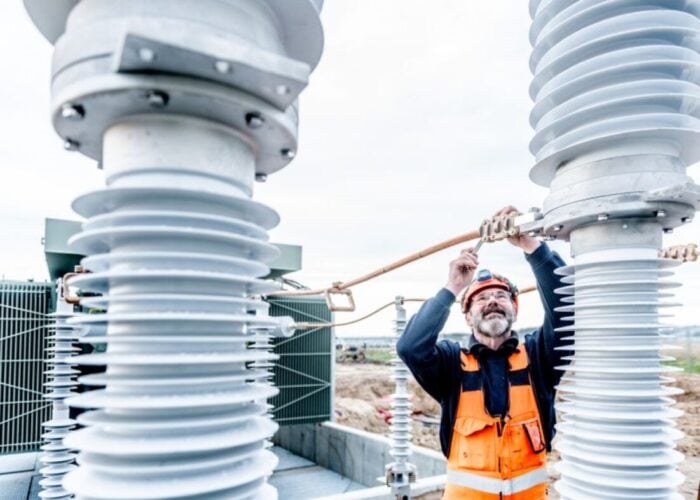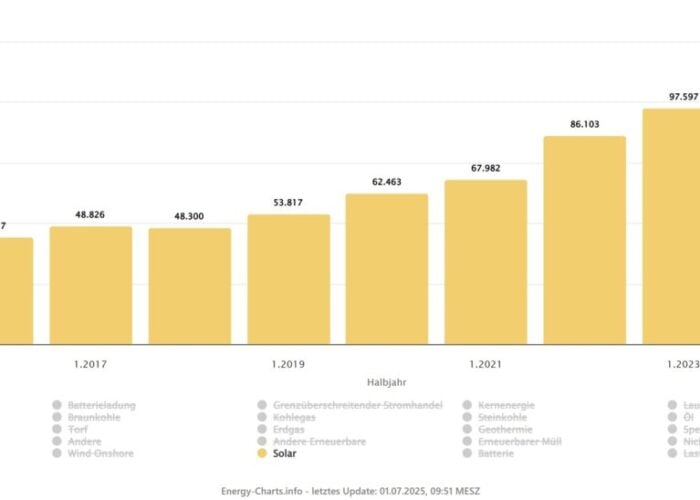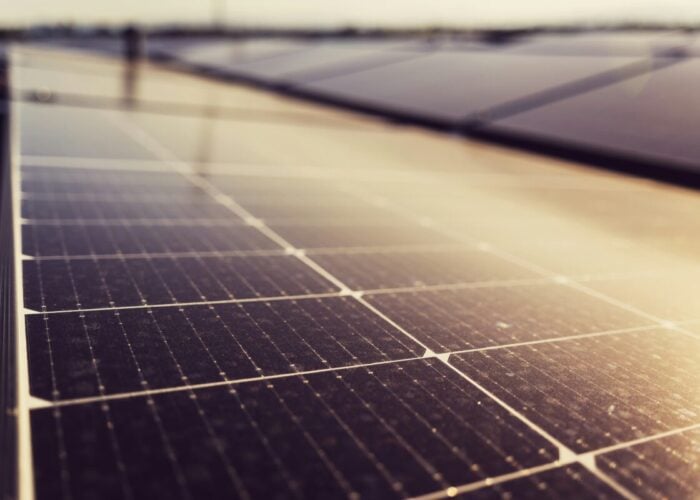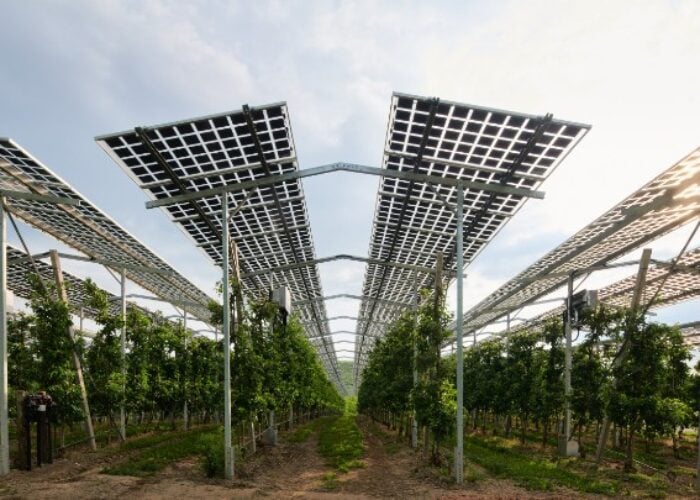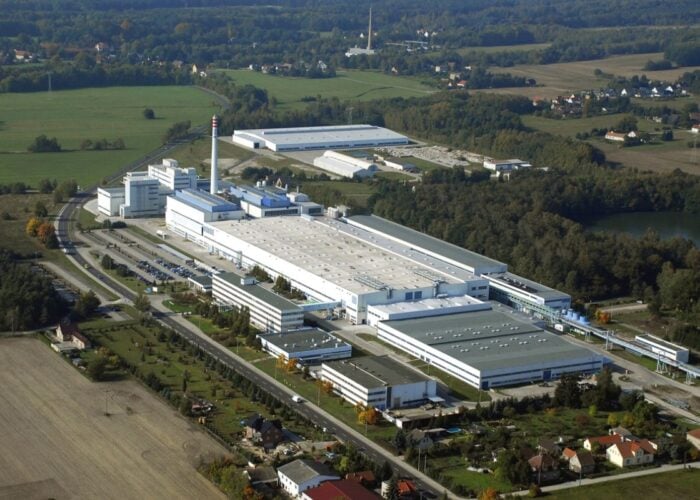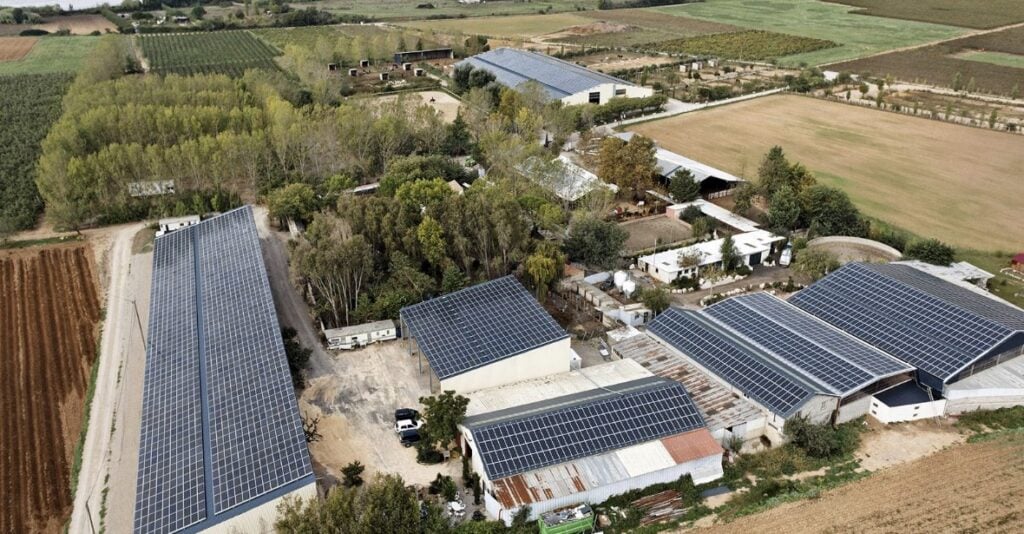
The distributed sector has long been a cornerstone of the European solar industry, with residential and commercial and industrial (C&I) installations accounting for two-thirds of the EU’s operating solar capacity at the end of 2023, according to trade body SolarPower Europe. The rooftop sector, in particular, was a key driving force behind this phenomenon, with the rooftop market growing 54% between 2022 and 2023.
However, enthusiasm has been tempered by a recent slowdown in capacity additions across Europe. In 2024, Europe added a record 62.8GW of new solar capacity, but this is just a 4.4% year-on-year increase in capacity additions, the lowest market growth since 2017. The residential rooftop market, in particular, struggled, adding just 12.8GW in 2024, nearly 5GW less than in the previous year.
Unlock unlimited access for 12 whole months of distinctive global analysis
Photovoltaics International is now included.
- Regular insight and analysis of the industry’s biggest developments
- In-depth interviews with the industry’s leading figures
- Unlimited digital access to the PV Tech Power journal catalogue
- Unlimited digital access to the Photovoltaics International journal catalogue
- Access to more than 1,000 technical papers
- Discounts on Solar Media’s portfolio of events, in-person and virtual
This is not to say that there is necessarily waning interest in the European solar sector—at a webinar held by Solar Media last week, Global Solar Council CEO Sonia Dunlop pointed to the fact that the world invested half a trillion dollars into solar in 2024—but a reflection of some of the financial challenges associated with the distributed sector in general, and the rooftop sector in particular.
Most notably, this includes the fact that the smaller capacities of projects, compared to utility-scale installations, means that investors are often only keen to support projects with high margins to ensure a return on investment
This was one of the takeaways from a conversation with Nicolas Rochon and Mathilde Ketoff, CEO and deputy chief investment officer and head of debt investment, respectively, at French investment management company RGREEN INVEST, who tell PV Tech Premium that while there is significant appetite for new rooftop investment in Europe, finding the right partners, and ensuring strong margins, are of paramount importance for the industry.
Rooftop solar investment landscape
“Appetite for solar in Europe is very high; it’s moving in Italy, it’s moving in eastern Europe, even in France,” begins Rochon. “For the rooftop [sector], the time to market is shorter, so you can develop in a short period of time [and] in terms of regulation and everything, it’s easier.”
The ease of investment is reflected in the company’s own activities. In 2022, RGREEN invested €20 million (US$20.6 million) into Smart Energies, an independent power producer (IPP) active both in France and across Europe, with a particular focus on the rooftop sector. This investment has largely paid off, with Smart Energies boasting a portfolio of more than 500 sites, with a total capacity of 160MW in operation or under construction, as of June 2024, at which point the company raised a further €87 million to continue its growth.

“After the crisis in 2022, it was so difficult for corporates to invest [because of] the volatility of energy prices,” adds Rochon, noting that locating solar projects on a company’s own premises can help achieve a degree of energy independence. “We’ve seen in the market, in the last few years, a strong demand for auto-consumption. Auto-consumption is really the main driver for the solar rooftop [sector].”
“Rooftop portfolios and broader C&I assets and smaller assets are markets where it’s an opportunity to diversify our debt portfolio with a stable cash flow, in terms of bankability,” says Ketoff, highlighting the importance of rooftop solar in diversifying an investment portfolio.
While both note that the rooftop sector in Europe is at a relatively early stage of development—Ketoff says it is at the “beginning” of its lifespan, while Rochon describes the penetration rate as “really low compared to the ground-mounted sector”—they agree that the industry is maturing quickly and attracting new investors.
“It’s quite attractive,” says Rochon. “We are taking less risk in terms of saturation and premiums we can pay, so all in all, we are really more comfortable with these situations than two or three years ago. Now, even if we’re exposed to the volatility of energy prices or rates… we know that, in the end, we’ll have a better risk-return.”
Maximising margins, reducing risk
Ensuring good returns and minimising risk are, of course, integral to any investment decision, but this is particularly important in the rooftop solar sector, where maximising margins is paramount.
The key for this business—because it’s a small business—is the margin,” explains Rochon. “You have to be really efficient for the financing and the cost, so that’s why you really need to have a strong process, and it’s what we were looking for when we decided to select Smart Energy.”
“The most important risk for the sector today is to be fully fixed-price for the long-term,” adds Rochon, suggesting that reliance on feed-in tariffs can be detrimental in the long term. “If you’re [relying on] a feed-in tariff for 20 years at a fixed price, you [don’t have] any protection against inflation or the volatility of the rates, and if you have to sell your stake in the company, and rates are going up, you’re going to lose all your equity.”
The answer, then, is to invest in more mechanisms without those kinds of fixed prices, which can already be a challenging proposition, particularly for power purchase agreement (PPA) offtakers. Last year, at Solar Media’s Large Scale Solar Central Eastern Europe event, Magdalena Hilgner of Polish telecoms company PLAY told PV Tech Premium that offtakers, for instance, remain “very interested in a fixed-price [PPA],” raising questions about what makes a solar project an attractive investment destination.
Ketoff notes that, in response, investors are looking at projects with a greater degree of merchant risk.

“We can either invest in equity in a corporate, but also in terms of debt and opportunities, we have less and less projects that have a stable cash flow in the PV sector because most of the countries don’t have tariffs anymore,” says Ketoff. “So we’re taking more and more merchant risk.”
The relative infancy of the rooftop sector is also a challenge for investors, simply because there is always an element of the unknown in an industry where there is a less well-established way of doing business.
“It’s so difficult to find institutional players because you have many incentives to put solar on rooftops, particularly for individuals, but to have an industrialised process is really key,” says Rochon.
“You need to find someone that has an industrial scale. Otherwise, you can’t get capital, and in order to amortise the company’s costs, you need a lot of assets,” agrees Ketoff. “Smart Energy is very good at having an industrialised process [regarding] time to market and construction because it’s somehow more difficult, I would say, to have 100WM in two assets than 100MW in 100 assets.
“You have to be very efficient, very organised [and] capital is more expensive… you need to have framework agreements with suppliers.”
‘You need to add storage to your solution’
This increased appetite for merchant risk is somewhat tempered by the growing number of solar projects—not just in the rooftop sector—that are co-located with storage facilities. Figures from SolarPower Europe show that, in 2023, the last year for which there is complete data, Europe added 17.2GWh of new battery energy storage systems (BESS), a mammoth 94% year-on-year increase.
Crucially for the rooftop and small-scale solar sector, many of these batteries were co-located with distributed solar projects, with residential installations accounting for 63% of Europe’s operating batteries at the end of 2023, compared to large-scale batteries, which accounted for 21%.
“Why we are really involved in this market risk is because now, we have the capacity for storage,” explains Rochon. “It’s totally new; in the last few years, the price of batteries has been slashed in two. We really can have a profitable business model in this field, and it’s really a totally different approach for investment.”
“In the end, rooftop about is energy is a service,” adds Ketoff, suggesting that the demand for batteries has created an expectation for co-located storage, that is changing the way projects are designed and investment decisions are made. “If you want to be a solution, you need to add storage to your solution to match the needs of your client.
“This change we can see also with the supply chain provides. They all have an offer now [that involves] mini-storage on a rooftop because everyone can see the advantage of that.”
Ultimately, the combination of accessible technology and a willingness to take on more merchant risk could be what is needed if the rooftop solar sector is to play its part in meeting Europe’s looming climate targets.
“We are far ahead of expectations in terms of technology and price,” explains Rochon. “For solar and batteries, no one could imagine five or ten years ago that we could be competitive [with fossil fuels].”
“[To meet 2030 climate targets] there will be a massive investment in construction, then after, we are expecting a second phase in hydrogen, fuels and everything,” Rochon adds. “But the focus now is mainly on mature technology—like solar, wind and biomethane—and, of course, co-located with storage and batteries, and it’s going to be massive. We will have enough funds to finance it because the returns are here, and the risk-return may be some of the best [among] Europe’s sectors.”
Ketoff will be present at Solar Media’s Solar Finance & Investment Europe event, to be held in London on 4 – 5 February 2025. Our readers have access to 20% off on tickets by adding “PVTPREM20” at checkout.
This event annually attracts infrastructure funds, institutional investors, asset managers, banks and development platforms at the forefront of European renewables; the vast majority of which are responsible for billions in active and prospective investments in the Europe’s energy transition. For more details, visit the website.

